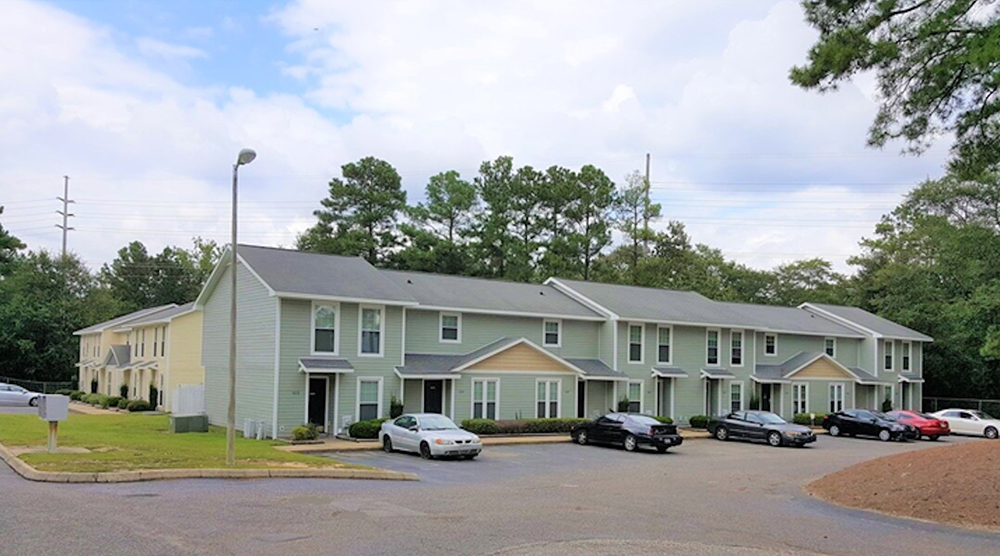News: Financial Digest
Posted: August 7, 2008
Fantini & Gorga release third quarter 2008 lender survey
Fantini & Gorga has released its second quarter 2008 Lender Survey. What's the news?
Markets continued unsettled. Our lenders are using a variety of strategies for meeting their objectives in the new environment. As a result, both the pricing and the underwriting criteria they report are "all over the map." Since the conduits stopped new lending last September, there is no widely available standard against which banks and insurance companies can measure themselves.
Nevertheless, several trends emerge from the data. Generally, spreads on fixed-rate loans continued to rise. The range between the best spreads a lender will charge, and the highest spreads (applicable to higher risk deals) widened out as lenders insisted on being paid for risk. Underwriting became still more cautious, and the overall availability of funds decreased further.
*Lenders quoted an ever wider range of spreads for different transaction types. Their best spreads , reserves for the lowest-risk deals, actually decreased somewhat: about 15 bps for industrial, office, and apartments, and 35 bps for self-storage, as lenders recognized that very conservative deals in all these property types remain very attractive.
*But for "straight down the middle" transaction, lenders were looking for increased spreads, except for apartments, where Fannie, Freddie, and FHA set a competitive standard. Office and industrial loans were costing 20-30 bps more than in the previous quarter, and pricing for loans on anchored retail was up by about 40 bps, reflecting concern about sales and credit quality among retailers. Theses higher spreads were sometimes quoted as such by the lenders, and sometimes came in the form of rate floors. Many lenders were looking for 10-year rates in the 6% - 6½% range, regardless of the 10-year treasury.
*At the higher end of the perceived risk scale - for lenders not pulling back from these loans entirely - spreads increased by about 25 bps across the board.
*The conduits remained effectively out of the market, but are quoting lower spreads as they look to tiptoe back in: 350-450 bps, compared with pricing in the 525-600 range. The new pricing is still at least 100 bps wide of what the life companies are offering, and is generally uncompetitive with the banks as well.
*Several "conduit" lenders responding to our survey are actually using their origination staffs to generate loans they are willing to keep on their balance sheets. Their pricing - generally in the 250-350 bps range, is like that of the banks and can sometimes compete with the life companies.
*An increasing proportion of the fixed-rate loan business is now for 5-7 year terms, rather than 10 years. The shorter terms carry more attractive rates for borrowers. Conduits, which touted the 10-year terms because they appeal to the bond buyers that are the conduits' ultimate funding source, are now on the sidelines. Banks and insurance companies often prefer the shorter maturities. Spreads on these shorter maturities tend to be higher than the 10-year spreads quoted in our survey, even as the interest rates borrowers actually pay are less.
*The supply of mortgage funds continued to shrink. Conduits remain out of the market. More life companies are nearing their 2008 goals, and some will begin shutting off the spigot soon. Banks, particularly the large money center banks, are scaling back their lending activities, citing concerns about recession and the pressure of regulators.
*With a more limited supply of funds to put out, lenders continue to tighten underwriting. More insurance companies report that they will lend no more than 60% or 65% of a property's value, compared with the formerly more common 70%-75%. Banks report approximately the same underwriting criteria as they did 90 days earlier, but they apply these criteria in more conservative ways.
Tim O'Donnell is a managing director and principal at Fantini & Gorga, Boston, Mass.
Tags:
Financial Digest
MORE FROM Financial Digest
Preservation of Affordable Housing secures $23.5 million in financing from Rockland Trust and Citizens Bank
Cambridge, MA The nonprofit Preservation of Affordable Housing (POAH) has secured $23.5 million in financing from Rockland Trust and Citizens Bank to transform a 150-year-old, underutilized church complex into housing. The project will ultimately create 46 affordable family-sized apartments.

Columns and Thought Leadership

Examples of investors who used Kay Properties for legacy and estate planning purposes for rental property/portfolios - by Dwight Kay
Preserving wealth across multiple generations requires strategic planning, foresight, and the right investment vehicles. Delaware Statutory Trusts (DSTs) offer a powerful solution for families looking to build and protect their financial legacy and to efficiently plan for their estate.

Conn. hospitality market: A technical appraisal perspective on market dynamics and valuation challenges (2019-2025)
The Connecticut hospitality market has demonstrated uneven recovery patterns between 2019 and 2025, with boutique and historic properties achieving $125 RevPAR in 2025, up 8.7% from the 2019 level. Coastal resort properties achieved a $105 RevPAR in 2025, representing 10.5% growth since 2019. Casino corridor properties maintained modest growth with RevPAR improving 4.5% to $92 in 2025.








